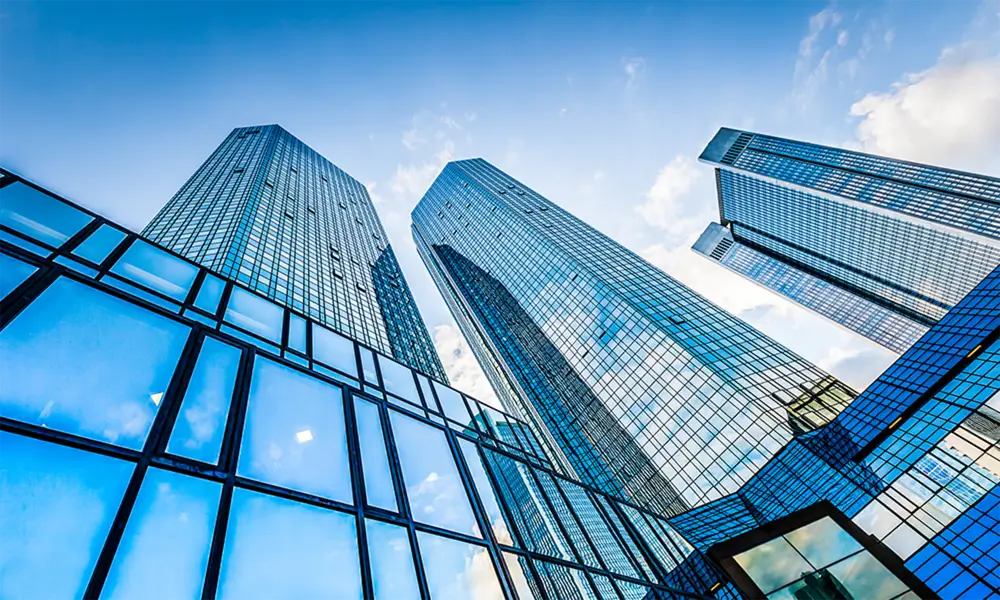

Understanding Low-E Toughened Glass Benefits and Applications
Low-emissivity (Low-E) toughened glass has gained significant attention in modern architecture and construction due to its exceptional thermal performance and durability. As the demand for energy-efficient and sustainable building materials increases, understanding the characteristics and advantages of Low-E toughened glass becomes crucial for architects, builders, and consumers alike.
What is Low-E Toughened Glass?
To comprehend what Low-E toughened glass is, we first need to break down the terminology. Toughened glass, also known as tempered glass, is made through a process of extreme heating followed by rapid cooling, resulting in a material that is much stronger than regular glass. This toughening process enhances its resistance to impact, thermal stress, and breakage.
Low-E refers to the low emissivity coating applied to the glass, which significantly reduces the amount of infrared and ultraviolet light that can pass through it without compromising visible light transmission. The coating is typically made from a thin layer of metal oxides, which reflects heat back into the space where it originated. This means that in colder months, the glass helps to keep indoor environments warm by reducing heat loss, while in warmer months, it minimizes heat gain from sunlight, thus maintaining a comfortable indoor temperature.
Benefits of Low-E Toughened Glass
1. Energy Efficiency The primary benefit of Low-E toughened glass is its energy efficiency. By minimizing heat transfer, it can lead to considerable savings on heating and cooling costs. Buildings with Low-E glass can maintain comfortable temperatures with less energy consumption, thus reducing their environmental footprint.
2. UV Protection The Low-E coating provides protection against ultraviolet (UV) rays, which can cause fading of furniture, artwork, and flooring. By blocking a significant percentage of UV rays, Low-E toughened glass helps to protect interior spaces from damage, prolonging the life of furnishings and reducing replacement costs.

3. Durability As toughened glass, Low-E glass is more resilient against breakage and thermal stress. It can withstand higher levels of impact compared to regular glass, making it an ideal choice for high-traffic areas, public buildings, or any façade that requires both safety and visibility.
4. Aesthetic Appeal Low-E toughened glass is available in various finishes and can be customized to fit the design requirements of any building project. Its clarity and transparency allow for unobstructed views and natural light, enhancing the overall aesthetic appeal of commercial and residential structures.
5. Environmental Impact By reducing energy consumption, Low-E toughened glass contributes to lower greenhouse gas emissions, making it a sustainable choice for environmentally conscious builders and owners. The reduced need for artificial heating and cooling systems helps to conserve energy and resources.
Applications of Low-E Toughened Glass
The versatility of Low-E toughened glass makes it suitable for a wide range of applications. It is commonly used in residential windows, commercial buildings, storefronts, and curtain walls. Additionally, its resistance to breakage and thermal efficiency makes it ideal for use in areas prone to extreme weather conditions, such as hurricane-prone regions.
In recent years, Low-E glass has also become popular in the automotive industry, particularly in high-end vehicles that prioritize energy efficiency and passenger comfort. The technology has evolved, bringing advancements in smart glass options that can further enhance energy savings and user experience.
Conclusion
In summary, Low-E toughened glass stands out as a crucial contribution to modern architecture's quest for energy efficiency and sustainability. Its unique combination of durability, thermal performance, and UV protection makes it an invaluable asset for any building project. As the industry continues to evolve and prioritize eco-friendly solutions, Low-E toughened glass will undoubtedly play a significant role in shaping the future of construction and design. Whether used in residential homes, commercial buildings, or automotive applications, it offers an excellent balance of functionality and style, making it a preferred choice among builders and architects.